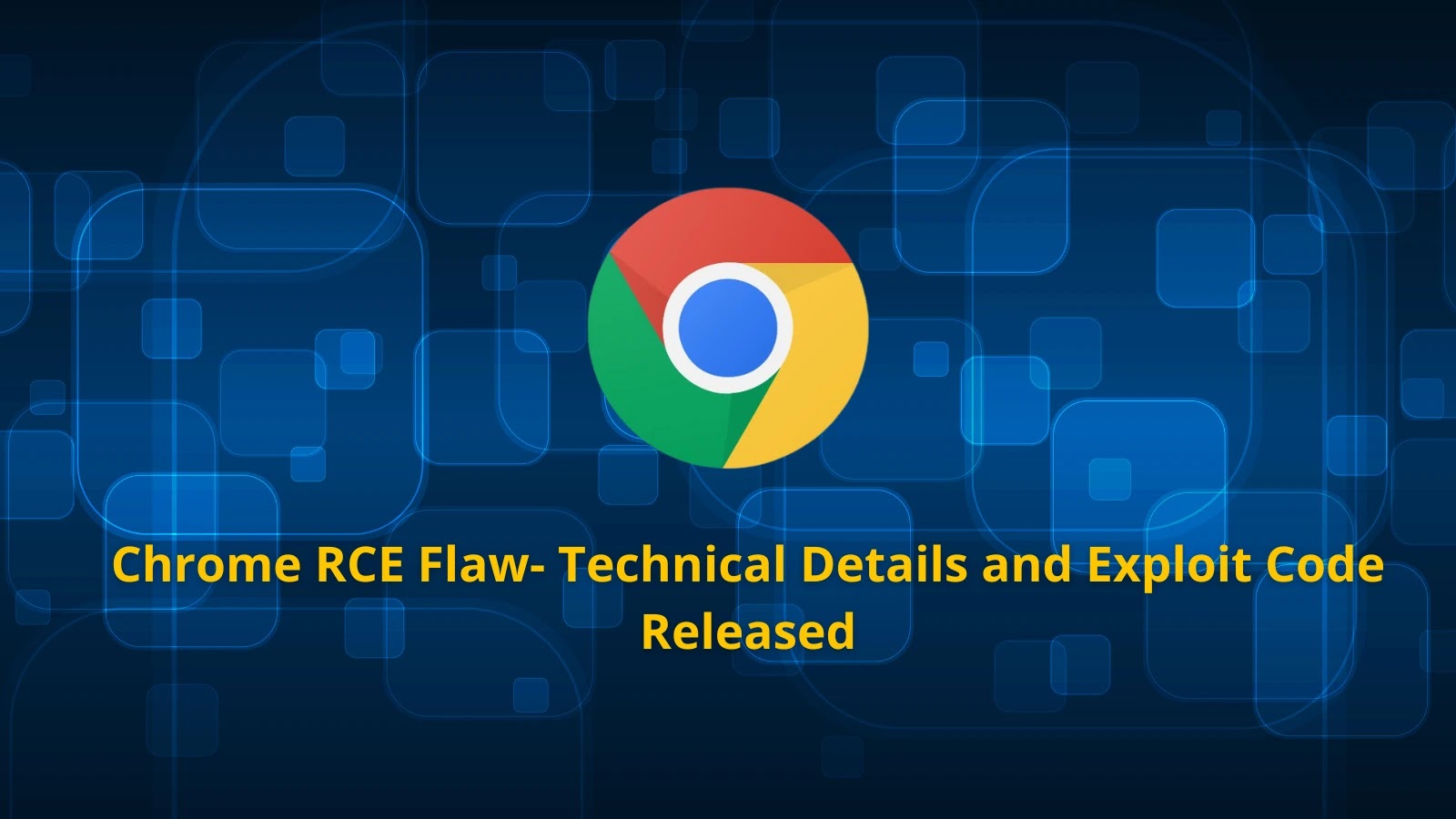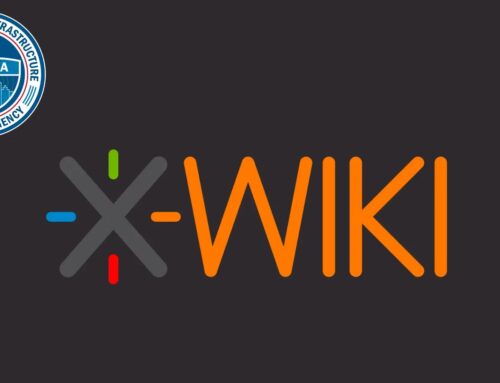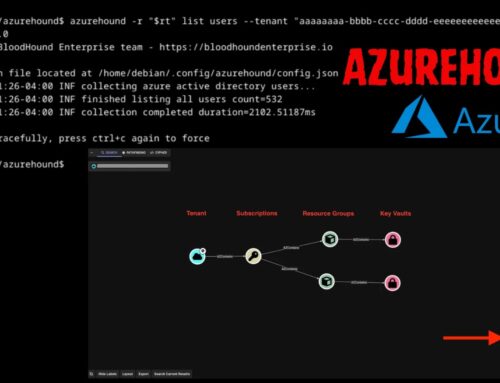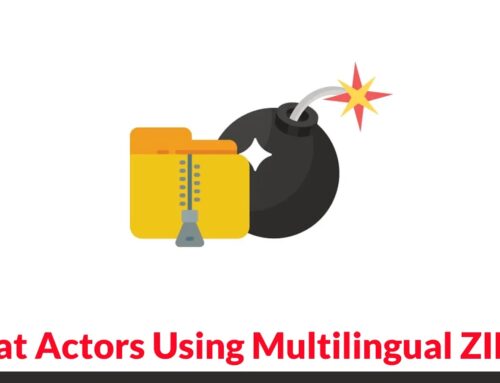
Google Chrome RCE Vulnerability Details Released Along with Exploit Code
A critical remote code execution (RCE) vulnerability in Google Chrome’s V8 JavaScript engine has had its full technical details and exploit code publicly released. This development elevates the urgency for users and organizations to understand and mitigate the risk presented by CVE-2024-XXXXX (Note: A specific CVE ID is not provided in the source; this is a placeholder. Users should refer to official Google security advisories for the exact CVE ID).
The disclosure of exploit code significantly lowers the bar for threat actors to weaponize this flaw, making immediate action paramount for maintaining browser and system security. This post delves into the specifics of this Chrome RCE, its implications, and the essential steps to protect your systems.
Understanding the Chrome V8 RCE Vulnerability
The vulnerability, an RCE within Chrome’s V8 JavaScript engine, stems from a WebAssembly type canonicalization bug. Researchers tracking this internally identified the core issue as an improper nullability check within the CanonicalEqualityEqualValueType function. This critical flaw was introduced as a regression by commit 44171ac, affecting Google Chrome M135 and subsequent versions.
An RCE vulnerability of this nature allows an attacker to execute arbitrary code on a victim’s machine simply by tricking them into visiting a malicious website. Given Chrome’s widespread usage, the potential for broad impact and exploitation is substantial.
The Role of WebAssembly and V8
Google Chrome’s V8 engine is responsible for compiling and executing JavaScript and WebAssembly code. WebAssembly (Wasm) is a low-level bytecode format designed for high-performance applications on the web. The integration of Wasm within browsers has opened new avenues for complex web applications but also introduced new attack surfaces if not handled securely.
The specific “type canonicalization bug” in WebAssembly highlights a flaw in how the V8 engine standardizes or normalizes types when comparing them. An improper nullability check means the engine might mishandle situations where a value could be null, leading to memory corruption or, in this case, arbitrary code execution.
Implications of Exploit Code Release
The public release of detailed technical information and functional exploit code transforms this vulnerability from a theoretical risk into an immediate threat. When exploit code is available, it:
- Increases Attack Sophistication: Even less skilled attackers can now leverage the vulnerability.
- Accelerates Exploitation Campaigns: It becomes easier and faster for threat actors to integrate the exploit into their toolkits and launch attacks.
- Raises Urgency for Patching: Organizations and individual users must prioritize updates to mitigate exposure.
History shows that vulnerabilities with publicly available exploits are rapidly integrated into advanced persistent threat (APT) campaigns and even commodity malware if not addressed promptly.
Remediation Actions
Addressing this critical RCE vulnerability requires immediate and decisive action. Users and administrators should implement the following:
- Update Google Chrome Immediately: The most crucial step is to update your Google Chrome browser to the latest stable version. Google typically releases patches very quickly for critical vulnerabilities once they are discovered or publicly disclosed. Always verify you are on the newest available build.
- Enable Automatic Updates: Ensure that automatic updates are enabled for Google Chrome to receive security patches as soon as they are released.
- Use Least Privilege: Practice the principle of least privilege. If feasible, browse the web as a standard user rather than an administrator. This can limit the impact of a successful RCE attack.
- Educate Users: Inform users about the risks of visiting untrusted websites and the importance of keeping their software updated.
- Implement Endpoint Protection: Deploy and maintain robust endpoint detection and response (EDR) solutions that can identify and block suspicious activities, even those that exploit zero-day vulnerabilities.
Relevant Security Tools
While direct detection of this specific V8 vulnerability might be challenging without specialized tools, general cybersecurity hygiene and certain tool categories can significantly reduce exposure and mitigate impact.
| Tool Name | Purpose | Link |
|---|---|---|
| Google Chrome (Latest Version) | Primary mitigation through patching. | Official Chrome Download |
| Endpoint Detection & Response (EDR) Solutions | Detects and responds to post-exploitation activities and suspicious behaviors on endpoints. | (Varies, e.g., CrowdStrike, SentinelOne, Microsoft Defender for Endpoint) |
| Web Application Firewalls (WAFs) | Can help prevent access to known malicious websites and block certain attack vectors, though less direct for client-side RCE. | (Varies, e.g., Cloudflare WAF, Imperva WAF) |
| Software Update Management Tools | Automates and centrally manages software updates across an organization. | (Varies, e.g., SCCM, Intune, Chocolatey) |
Conclusion
The disclosure of detailed technical information and exploit code for the Google Chrome V8 RCE vulnerability (derived from a WebAssembly type canonicalization bug) underscores the continuous and critical battle against browser-based threats. This specific flaw, originating from an improper nullability check in CanonicalEqualityEqualValueType in Chrome M135 and above, presents a significant risk to users globally. Prompt action, particularly updating Google Chrome to the latest version, is the most effective defense against potential exploitation. Staying vigilant, employing strong security practices, and leveraging appropriate tools are essential for safeguarding digital environments from such high-impact vulnerabilities.





